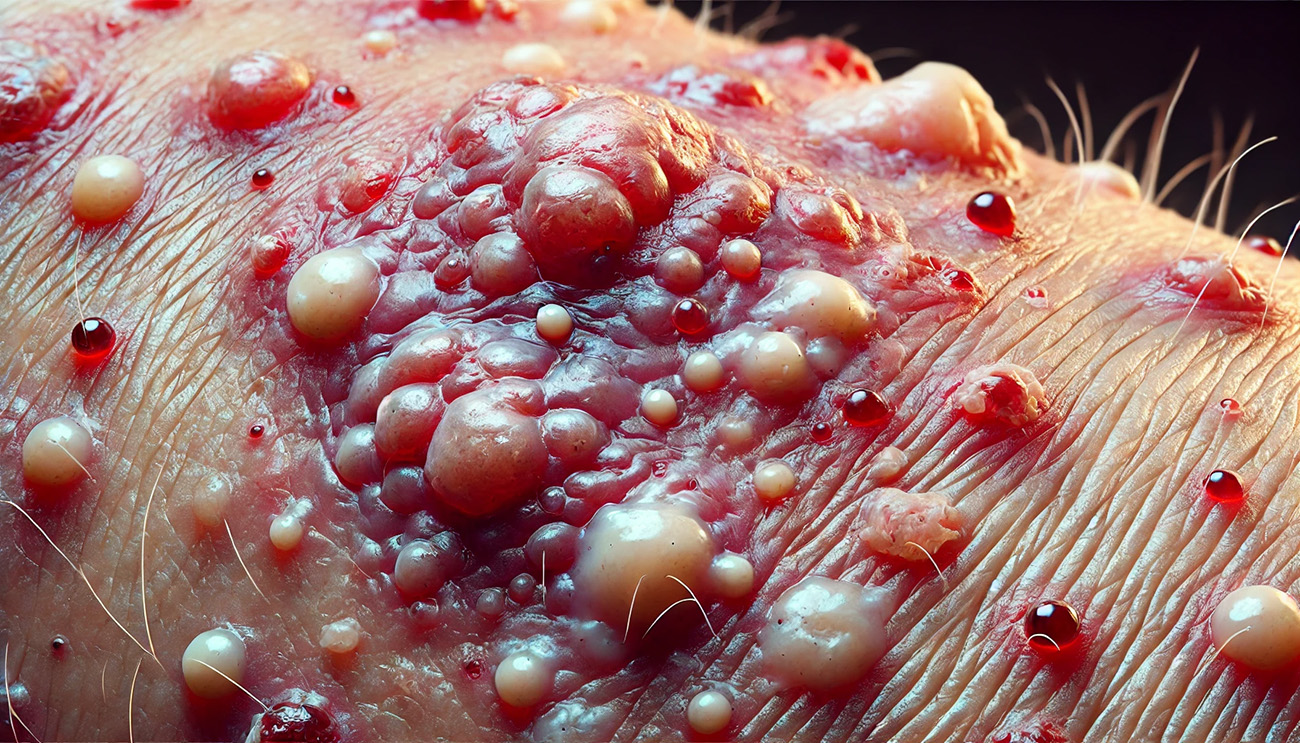STD Symptoms in Men and Women
STDs are an emerging public health concern, and most individuals do not realize they are infected with an STD until the disease has reached its full-blown stage. It is often because many sexually transmitted diseases do not present any symptoms, especially in their early stages. The key to maintaining sexual health rests on symptom recognition, understanding risks associated with unprotected sex, and seeking testing using an appropriate and efficient solution, like a rapid test kit that gives instant results.
Any sexually active man or woman is prone to infection with an STD. However, certain signs and symptoms of a few types of STDs may differ in both males and females. Early signs may help in early treatment and avoiding complications.
Common Symptoms of STDs in Men:
- Painful Urination: A burning sensation while passing urine is often caused by chlamydia or gonorrhea.
- Abnormal Discharge from the Penis: Yellow, green, or white discharge can emanate from the penis due to gonorrhea or chlamydia.
- Painful and Swollen Testicles: The testicles may become swollen and tender in some cases of gonorrhea or chlamydia.
- Sores or Bumps on the Genitals: Sores or warts are a common symptom of herpes or human papillomavirus (HPV).
- Itching or Irritation in the Genitals: Itching is often related to herpes or pubic lice infestations.
Common Symptoms of STDs in Women:
- Unusual Vaginal Discharge: Infections like chlamydia, gonorrhea, or bacterial vaginosis can cause abnormal discharge that may be yellow, green, or have an unpleasant odor.
- Pelvic Pain: STDs like chlamydia or gonorrhea can cause pelvic inflammatory disease (PID), leading to chronic pelvic pain.
- Painful Urination: Burning sensations during urination are common symptoms of chlamydia or gonorrhea infections.
- Genital Sores or Warts: Sores or warts can occur in the genital area due to herpes or HPV.
- Abnormal Bleeding Between Periods: Chlamydia and gonorrhea may cause bleeding between menstrual cycles.
STD Symptoms After Having Unprotected Sex
Unprotected sex is one of the most prevalent ways of transmitting STDs. After having unprotected sex, it is crucial to be aware of symptoms that may develop in the weeks following exposure.
Early Signs of STDs After Unprotected Sex:
- Flu-like Symptoms: Early stages of HIV or herpes may cause fever, fatigue, swollen lymph nodes, and muscle pain.
- Sores or Blisters: Herpes can cause painful blisters around the genital or oral area, appearing a few days after exposure.
- Rash or Skin Changes: Syphilis often presents a painless sore at the infection site, followed by a body rash in its secondary stage.
- Pain During Intercourse: Infections like chlamydia and gonorrhea may cause discomfort during sex.
- Unusual Odors: Trichomoniasis and bacterial vaginosis often cause a fishy odor in vaginal discharge.
Asymptomatic Infections: The Silent Spreaders
It’s important to remember that many STDs, such as chlamydia, gonorrhea, and HIV, may not show symptoms for weeks, months, or even years. This means regular testing is crucial for sexually active individuals, especially if they've had unprotected sex. Symptoms cannot always be relied upon, as STDs can be spread without anyone knowing.
How to Tell If You Have an STD: The Importance of Testing
Because many STDs do not show symptoms, or because the symptoms may resemble those of other non-sexually transmitted infections, the only sure way to know if you have an STD is by getting tested. Testing is essential for both men and women, as it can prevent long-term health problems like infertility, chronic pain, or even life-threatening conditions like HIV/AIDS.
Types of STD Tests:
- Urine Test: Often used to detect infections like gonorrhea or chlamydia.
- Blood Test: Used to detect HIV, syphilis, and hepatitis infections.
- Swab Test: A swab from the suspected area (e.g., genitals) can help diagnose herpes or HPV.
- Pap Smear (for Women): Used to detect changes in the cervix caused by HPV.
How to Get Tested Using a Rapid Test Kit for Instant Results
For those who prefer privacy or want to avoid the discomfort of visiting a clinic, rapid STD test kits offer a fast and convenient solution. With these kits, you can test yourself at home and receive results in minutes, without the need for a lab visit.
Advantages of Rapid STD Test Kits:
- Instant Results: Rapid test kits provide results within minutes, so you can take immediate action if needed.
- Privacy: Testing at home ensures privacy and eliminates the fear of judgment or exposure.
- Convenience: No need to schedule appointments or spend hours at a clinic—these kits can be ordered online and delivered discreetly.
- Comprehensive Testing: Many rapid test kits check for multiple STDs, including HIV, chlamydia, gonorrhea, and syphilis.
How Rapid Testing Kits Work
Most rapid STD testing kits are designed to be user-friendly and require only a few simple steps.
- Sample Collection: Depending on the test, you may need to provide a blood sample, urine sample, or swab from the genital area.
- Testing: The sample is applied to a test strip or vial, and results appear within minutes.
- Results: Most kits provide color-coded or symbol-based results, making it easy to interpret the outcome.
When to Get Tested for STDs After Exposure
Timing is critical when testing for STDs. The period between exposure and when the infection becomes detectable is called the “window period.” Here's when to test for common STDs:
- HIV: Rapid tests can detect HIV as early as 10–90 days after exposure.
- Chlamydia/Gonorrhea: Test within 1–3 weeks after unprotected sex.
- Syphilis: Get tested 3–6 weeks after exposure.
- Herpes: Testing is most accurate 2–12 days after symptoms appear.
- Hepatitis B and C: Test 3–6 weeks after exposure.
Why Regular Testing Is Important
Because many STDs are asymptomatic in their early stages, regular testing is essential for anyone who is sexually active, especially if they have multiple partners. Rapid test kits make it easy to monitor your sexual health without waiting for lab results or visiting a clinic.
STD Symptoms Can Go Often Unnoticed.
STDs don’t always present obvious symptoms, and relying on symptoms alone can put your health at risk. Rapid STD testing offers a quick, private, and reliable way to protect yourself and your partners. If you’ve had unprotected sex or are concerned about your sexual health, don’t wait—get tested today with a rapid test kit for instant results and peace of mind.
"Don’t leave your sexual health to chance—regular testing is your best defense."



